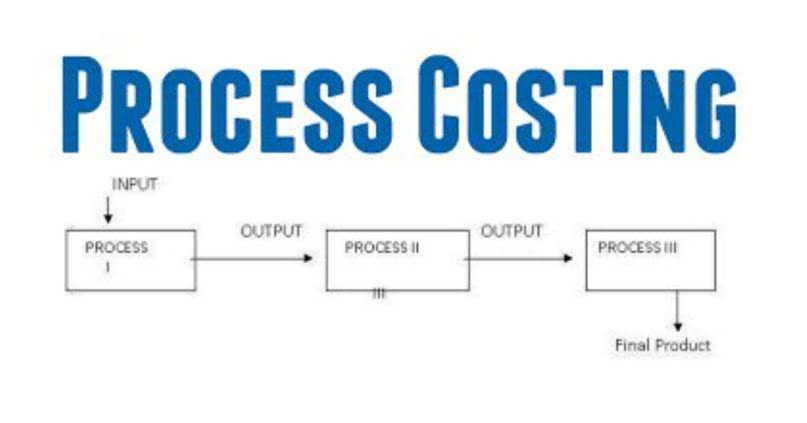
Let’s assume Tom rang up a $100 pair of running shoes for $100, but he miscounted the cash received for the shoes. The journal entry to record this sale would debit cash for $101, credit sales for $100, and credit cash over short for one-dollar. Most retailers’ accounting systems have a cash over short account setup because they generally deal with cash sales everyday.

Financial Accounting
These errors are compounded when there is a lack of standardized procedures for counting and recording cash amounts. Furthermore, the physical transfer of cash from point of sale to the safe or bank can introduce variances if not properly monitored and documented. Internal tampering could cause a business to be over and short in its accounting.
What Does Cash Over Short Mean?
In case of shortage, the cash over and the cash over and short account short is on debit and vice versa. In contrast, the cash over and short is recorded on credit when there is overage. In this article, we cover how to account for the cash short and over; especially on the cash over and short journal entry.

Journal entry for cash overage
If you are reimbursed $20 for postage expenses, debit postage expense $20 and credit cash $20. Finally, surprise petty cash counts should be made to maintain good internal control over the fund. In any given month, a custodian will make various disbursements from the petty cash fund. A petty cash voucher https://x.com/BooksTimeInc is a document or form that shows the amount of and reason for a petty cash disbursement. Internal altering could make a business be finished and short in its accounting.
Managing Cash Over and Short in Financial Practices

This is because they involve with cash sales that currency changes are required. For example, assuming that there is a $5 cash overage instead when we replenish the petty cash in example 2 above, which results in the petty cash reconciliation looking like the below table instead. The custodian of the petty cash fund is in charge of approving and making all disbursements from the fund.

Ask Any Financial Question
The Cash Over and Short account can be either an expense (short) or a revenue (over), depending on whether it has a debit or credit balance. Companies replenish the petty cash fund at the end of the accounting period, or sooner if it becomes low. The reason for replenishing https://www.bookstime.com/ the fund at the end of the accounting period is that no record of the fund expenditures is in the accounts until the check is written and a journal entry is made. (Sometimes we refer to this fund as an imprest fund since it is replenished when it becomes low.). To determine which accounts to debit, an employee summarizes the petty cash vouchers according to the reasons for expenditure. The journal entry to record replenishing the fund would debit the various accounts indicated by the summary and credit Cash.
- This usually happens when we make mathematical errors during the day of the sales.
- The primary use of the cash over and short account is in cash-intensive retail or banking environments, as well as for the handling of petty cash.
- Internal altering could make a business be finished and short in its accounting.
- When there is a cash shortage, it is treated as an expense; thus we recorded on debit.
- This term pertains primarily to cash-intensive businesses in the retail and banking sectors, as well as those that need to handle petty cash.
- On the other hand, if the company has a cash shortage in the petty cash fund, it can make the journal entry with the debit of cash over and short account instead.
Creating a Petty Cash Fund
In the example, debit your cash short and over account by $10 to record the cash short amount. Credit, or decrease, your cash account by the amount by which you must replenish the petty cash account in the journal entry. Subtract the amount by which you need to replenish the account from the total amount of your vouchers. A negative result represents a cash short amount, while a positive number represents a cash over amount.
Over and short — frequently called “cash over short” — is an accounting term that flags a disparity between a company’s reported figures (from its sales records or receipts) and its reviewed figures. The term likewise is the name of an account in a company’s general ledger — the cash-over-short account. Calculate the sum of the petty cash account’s vouchers you created during the accounting period to determine how much cash you distributed during the accounting period. In the example, if you have $300 in vouchers for office supplies and $140 for transportation expense, add $300 to $140 to get $440 in total vouchers created during the period. When there is a cash shortage, it is treated as an expense; thus we recorded on debit. In contrast, when there is an overage, it is treated as income; thus we recorded on credit.
